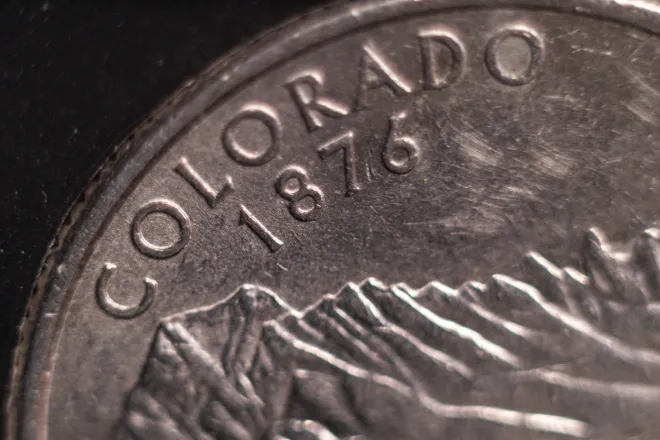
Report: More Hispanic Californians using medical aid in dying
Click play to listen to this article.
(California News Service) More and more Hispanic people are taking advantage of California's medical aid-in-dying law, according to a new report from the California Department of Health.
In 2023, 43 terminally ill Hispanic patients used the End-of-Life Option Act to get a prescription to end their suffering and die peacefully. That's compared to 24 patients the year before.

Angela Schultz, California state director for Compassion & Choices, says the group's website and all materials are now available in Spanish.
"It's really important to deliver these materials and education outreach in people's own language, so that they can understand the information without having the confusion of trying to read it in English and translate it themselves," she added.
Compassion & Choices attributes the increase to the ongoing statewide public education campaign in English and Spanish with medical partners, and videos from civil rights leader Dolores Huerta and from Jose Alejandro Lemuz, a 60-year-old body shop mechanic from Wilmington with terminal prostate cancer - the first Latino to publicly announce his intent to use the prescription.
Schultz said there are still some common misconceptions, and pointed out that medical aid in dying isn't appropriate for people who have advanced dementia. Patients have to be able to make an affirmative choice, and to take the medication on their own.
"Medical aid in dying is for somebody who is 18 years and older, who has a terminal illness with a prognosis of six months or less. It has to be voluntary, and a person has to be mentally capable of making their own healthcare decisions," Schultz explained.
According to the report, in 2023, almost 1,300 patients in the Golden State obtained medical aid-in-dying prescriptions, and 69 percent took the medication. Almost 64 percent of the deaths were caused by cancer. The rest stemmed primarily from cardiovascular, neurological and respiratory disease.
















